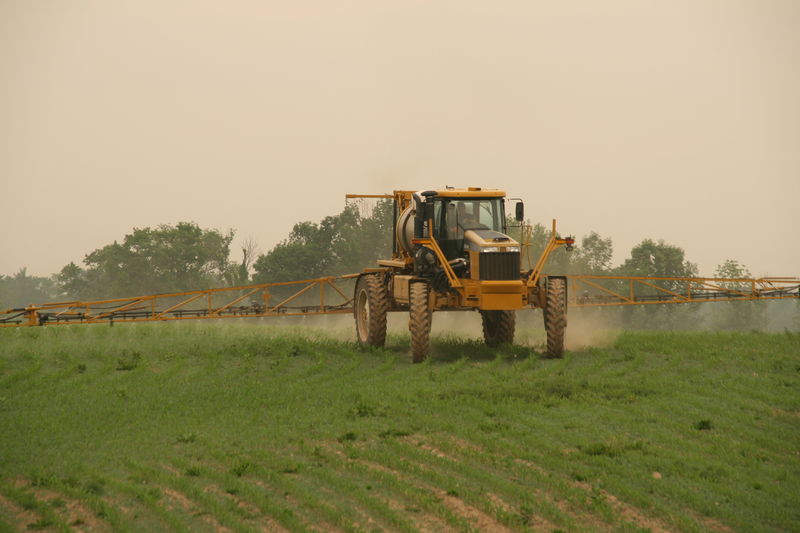Insecticide Chlorpyrifos Use to End Next Year
Manufacturers Must Stop Selling, and Growers Using, in California in 2020

Pesticide manufacturers have agreed to withdraw chlorpyrifos from California by February 2020 in an agreement reached with the state Department of Pesticide Regulation. The pesticide has been implicated in brain and neurological development impairment in fetuses and children. It also kills bees when pollen sprayed with chlorpyrifos is taken back to the hive, according to the National Institutes of Health; the application instructions, however, prohibit the use of chlorpyrifos on crops and weeds in bloom.
As negative health effects became known and the state restricted the use of chlorpyrifos — which has been prohibited in residential use nationwide since 2001 — agricultural usage of the pesticide declined by half between 2005 and 2016 to just less than a million pounds. Usage has fluctuated in Santa Barbara County, with the 354 pounds reported in 2016 rising to 984 pounds of chlorpyrifos in 2017. Last year, 71 pounds were used, according to Rudy Martel, the county’s assistant Ag Commissioner.
Sprays containing chlorpyrifos are commonly used on crops like citrus, grapes, and alfalfa. An exception to the state-wide ban are products that apply chlorpyrifos in granular form, less than one percent of the ag use, according to the Pesticide Regulation department. Currently aerial spray application is banned, and a quarter-mile no-man’s-land must be in place where the organophosphorus insecticide is used.
Dow AgroSciences and other companies have agreed to stop selling chlorpyrifos by February 6, 2020, to California growers, who may not possess or use products containing the pesticide after December 31, 2020. Seven pesticide manufacturers that did not sign on to the settlement will be regulated by its terms and deadlines.
The state moved to ban the insecticide in May when it cancelled its product registration. A working group to recommend safer pest management practices begins to meet this month, underwritten by $5.5 million in grant funding from the state. Starting in January, the group will will hold three public workshops on its results, which will be available at the Pesticide Regulation website under “alternatives.”
Editor’s Note: This article was updated on Oct. 22 to include pounds of chlorpyrifos used in Santa Barbara County.



